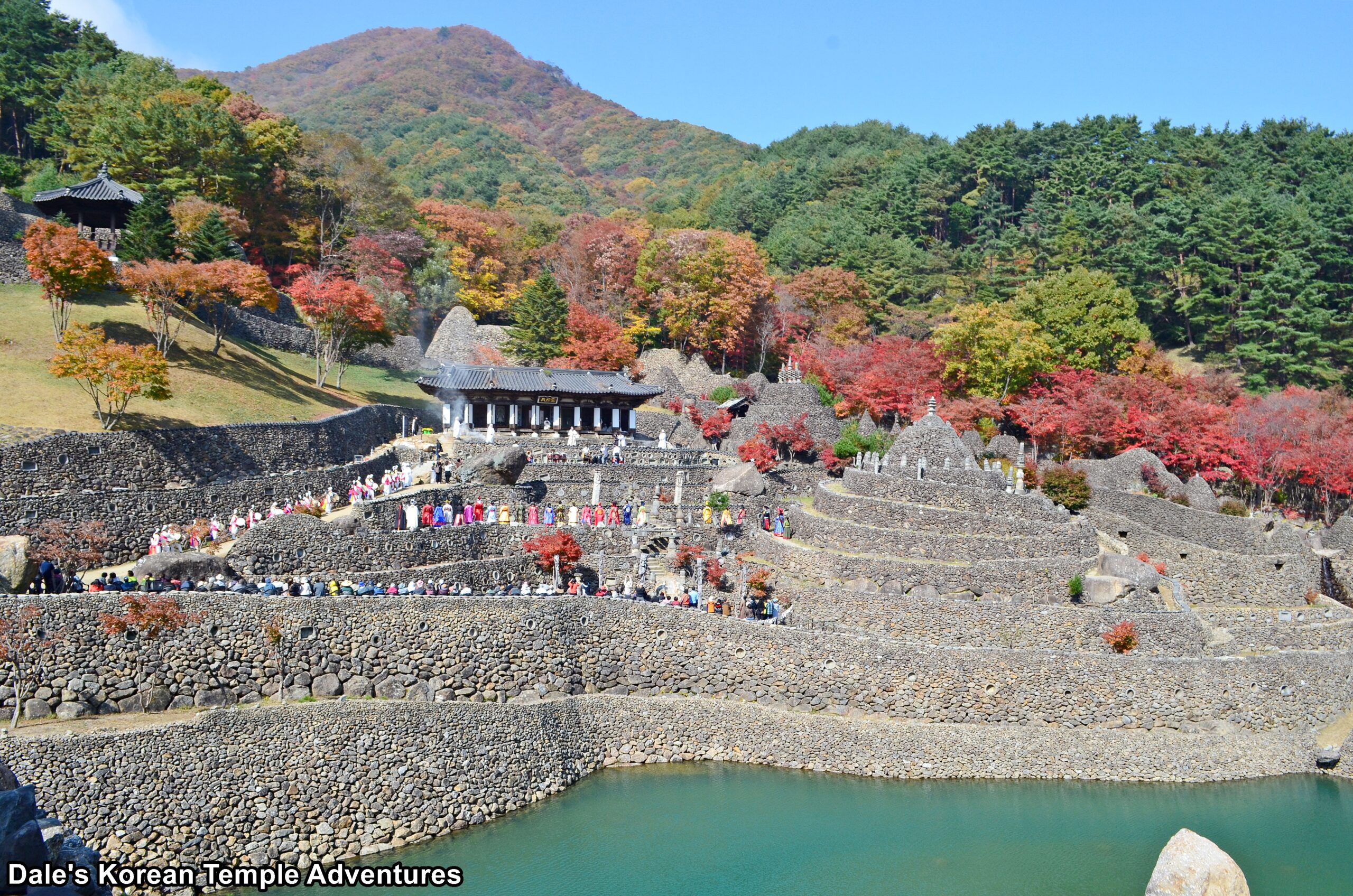
Shrine History
Samseonggung, which means “Three Sages Palace” in English, is located up a 28 km long valley in Cheonghak-dong (Azure Crane Village) in Hadong, Gyeongsangnam-do. The Taoist shrine was first built in 1983 for the three mythical founders of Korea: Hwanin (King of Heaven, Jeseok), Hwanung (Hwanin’s son), and Dangun (a half-human and half-divine being and the son of Hwanung). The leader and founder of the organization and shrine is Hanpul, who claims that his family based Taoist lineage that occupies this specific part of Mt. Jirisan stretches back 400 years. According to Prof. David Mason, Hanpul is a Taoist priest and martial arts teacher, who is called by the title “seonsa,” which means “meditation master” in English.
As to why Samseonggung was built, it was built to represent an earthly paradise called the “Three Sages Palace.” The community of Taoists that maintain this shrine focus on Korean cultural nationalism. In fact, and until recently, all visitors had to wear Korean-style white robes.
Every year Samseonggung is host to the Cheonje Festival, or “Heavenly Ritual” or “Heavenly Ceremony” in English. More specifically, this is the Gaecheon-jeol, which means “Opening of Heaven Day” in English in reference to the creation myth when Hwanung, the son of Hwanin, descended down from heaven onto the peak of the mythical Mt. Taebaeksan. This festival has been held by Koreans for more than two thousand years. And it’s held on the third day of the tenth moon of the Lunar Calendar. According to Prof. David Mason, as pre-modern Koreans spread throughout the peninsula, they were probably sun-worshipers. This then evolved into something more complex as a more general worship of the entire range of the heavenly spirits that also now included Shamanism and Taoism. The Cheonje Festivals were originally presided over by shaman kings, and then by the kings of the royal dynasties or their representatives. After being banned in the early 20th century by the Japanese, who had colonized the Korean peninsula, and who attempted to weaken the Korean spirit by banning these native practices, the Cheonje Festival was resurrected after the Korean War (1950-1953). This was in large part to transform the Cheonje Festival into something more nationalistic to help foster a greater feeling of national pride in Korea’s traditional culture.
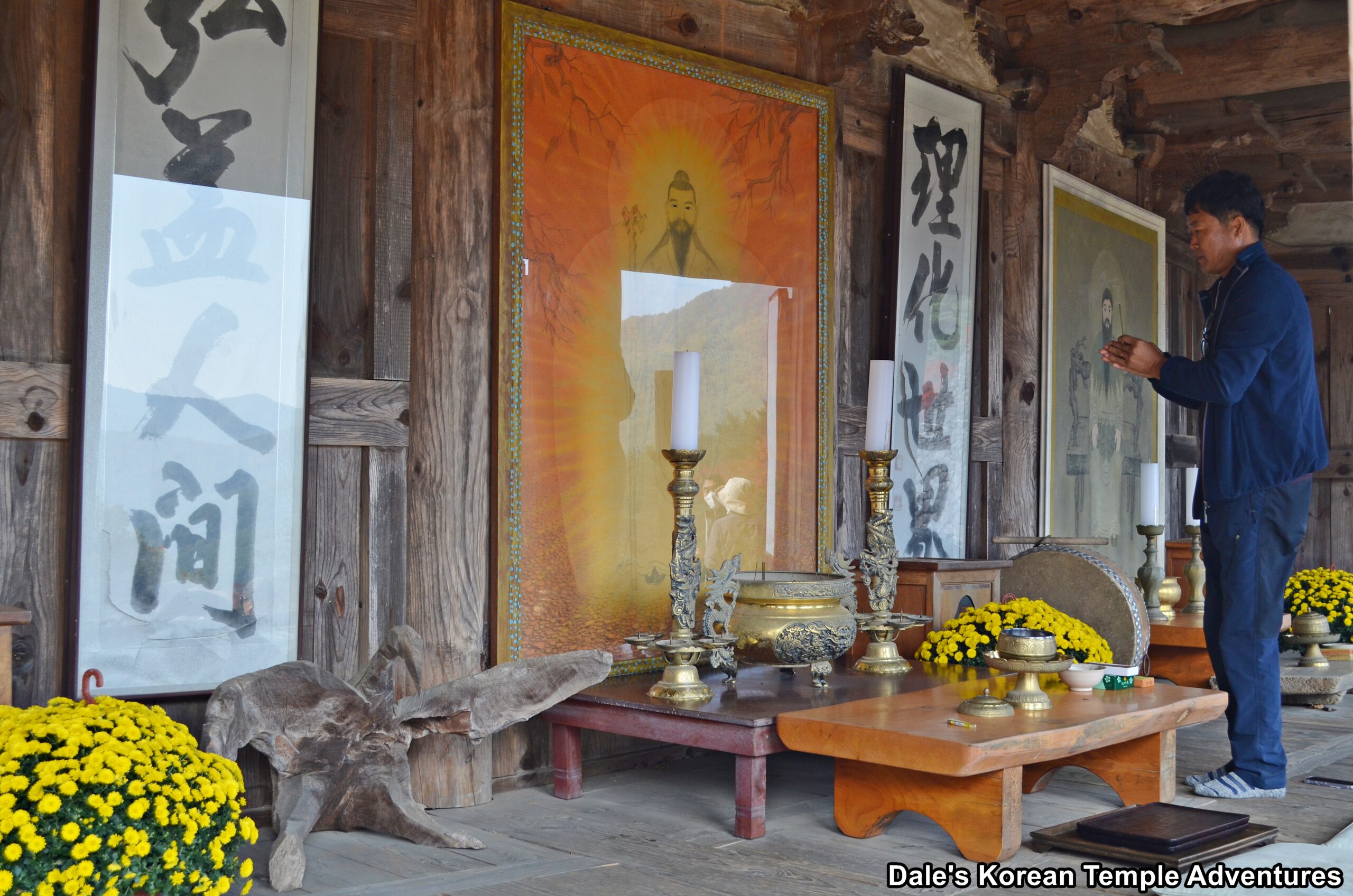
Founding Myth
As to the three mythical founders of Korea, they are Hwanin (King of Heaven), Hwanung (Hwanin’s son), and Dangun (a half-human and half-divine being and the son of Hwanung). The Samguk Yusa, or Memorabilia of the Three Kingdoms in English, describes in the very first story of the text the mythical founding of Gojoseon, the first Korean kingdom. Here is that story:
“In the Wei-shu [this simply means ‘the writings of Wei’ in English], it is written, ‘Two thousand years ago [traditionally 2333 B.C.] Dangun, otherwise called Wanggom, chose Asadal, also described as Muyeopsan in the province of Baekju east of Kaesong, at a place now called Gaegak-gung [modern day Pyongyang], as his royal residence and founded a nation, calling it Joseon, at the same period as Gao [legendary Chinese Emperor Yao].
“In the Old Book it is written, ‘In ancient times Hwanin (Heavenly King, Jeseok) had a young son whose name was Hwanung. The boy wished to descend from heaven and live in the human world. His father, after examining three great mountains, chose Taebaeksan [Mt. Myohyangsan in North Korea] as a suitable place for his heavenly son to bring happiness to human beings. He gave Hwanung three heavenly treasures, and commanded him to rule over his people.’
“With three thousand of his loyal subjects Hwanung descended from heaven and appeared under a sandalwood tree on Mt. Taebaeksan. He named the place Sinsi [City of Spirits] and assumed the title of Hwanung Cheonwang [Heavenly King]. He led his ministers of wind, rain and clouds in teaching the people more than 360 useful arts, including agriculture and medicine, inculcated moral principles and imposed a code of law.
“In those days there lived a she-bear and a tigress in the same cave. They prayed to Sinung [another name of Hwanung] to be blessed with incarnation as human beings. The king took pity on them and gave them each a bunch of mugwort and twenty pieces of garlic, saying, ‘If you eat this holy food and do not see the sunlight for one hundred days, you will become human beings.’
“The she-bear and the tigress took the food and ate it, and retired into the cave. In twenty-one days the bear, who had faithfully observed the king’s instructions, became a woman. But the tigress, who had disobeyed, remained in her original form.
“But the she-bear could find no husband, so she prayed under the sandalwood tree to be blessed with a child. Hwanung heard her prayers and married her. She conceived and bore a son who was called Dangun Wanggom, the King of Sandalwood.
“In the fiftieth year of the reign of Tang Gao [legendary Chinese emperor Yao, traditional date some time before 2000 B.C.] in the year of Gyeongin [the 23rd year] Dangun came to Pyongyang, set up his royal residence there and bestowed the name Joseon upon his kingdom.
“Later Dangun moved his capital to Asadal on Mt. Taebaeksan and ruled 1500 years, until King Wu of Chu [ancient Chinese dynasty] placed Kija on the throne [traditional date 1122 B.C.]. When Kija arrived, Dangun moved to Changtang-gyeong and then returned to Asadal, where he became a Mountain Spirit [Sanshin] at the age of 1,908.”

Shrine Layout
From the parking lot, you’ll pass under the unconventional Hongikmun Gate with a dragon and a crane centred by a golden signboard. You’ll make your way up a trail next to a collection of waterfalls known as Cheonghak-pokpo. Along the way, you’ll pass through corridors and walls of stacked stone. Samseonggung very much has a feeling of Tapsa Temple in Jinan, Jeollabuk-do to it but on a much grander scale. In total, and over 50 years, Hanpul-seonsa stacked some 1,500 stone pagodas. These pagodas vary in both size and shape.
To the right of the Cheonghak-pokpo Waterfall, and behind the visitors’ centre, is the Cheonghak-mot Pond with a wooden planked bridge that spans the northern side of the pond and connects to a diminutive centre island. Continuing along, you’ll pass by shrines like the Gacheon-yeol and the Hwanhak-dae. Eventually, you’ll come to a stone tunnel entryway that is fronted by a pair of uniquely designed Gwimyeon (Monster Masks). This entryway and tunnel are known as Ihwamun Gate. On the ceiling of the tunnel that runs through a stone corridor, you’ll find petroglyph-like paintings that are human and very obviously male.
Emerging on the other side, and past high stone walls and a metal shamanic statue with a deer head and armoured body, you’ll enter into the upper part of the shrine hall area and the beautiful turquoise Shingung-mot Pond (Spirit Palace Pond). A beautiful maple tree stands atop the steep eastern banks of the pond. And as you navigate around the west banks of the pond, you’ll find the Chilseong-gung (Seven Stars Palace) shrine and a Yongshin-gung (Dragon Spirit Palace) shrine, who is also known as Yongwang (The Dragon King), on the northern part of the pond as you continue along the picturesque trail. It’s important to note that Chilseong, who is traditionally a Shamanic deity, is prayed to for the longevity of ones life. Yongshin, on the other hand, is prayed to for the overseeing of peace, good health, family, and the harvest.
Twisting and turning up the trail with large stone walls, you’ll finally be looking down on the Shingung-mot Pond. It’s in this area that you’ll find the Samshin-gung (Three Spirits Palace) shrine, which consists of a tomb-like hill that’s naturally formed and three rocks with a circle, square, and triangle formed on the face of each of the rocks. And what’s important about Samshin, and why people pray to this spirit, is for the birth and growth of children.
Now on an incline in the trail, and through a patch of forest, you’ll come to the Magobangung shrine. Fronting the alcove in the trail that houses the Magobangung shrine are a collection of Janseung (wooden guardian posts). Behind these, and on either side of the alcove opening, are a pair of stone cairn-like pagodas. And in the centre of this shrine are three stones with white statues at their base.
So who is Mago, or Mago-halmoni (Grandmother Mago). Much like Hwanin, Hwanung, and Dangun, she is connected to the creation of the universe. The myth of Mago-halmoni tells the story of a giant goddess who helped create all of nature and its geographic features. According to this myth, Mago-halmoni carried mud in her skirt and created the mountains and islands from this mud. Her urine and excrement formed the hills and the rivers. The big rocks that took up residence inside various villages were placed there by Mago-halmoni. In fact, Mago-halmoni was so large that 90,000 pil of hemp couldn’t even clothe her. She was so tall that she walked across the seas off the island of Wan-do. She drank water from Yongdeumbeong Pond on the remote islands of Chuja-do while standing on the shore’s of Wan-do. Also, she was so strong that when she urinated with her legs on Mt. Nogo and Mt. Bulguk in Yangju, the force of the urine cracked a huge rock on Munhakjae Pass. This creation myth of Mago-halmoni is an orally transmitted myth. What’s interesting about this myth is the separation of the creation of the heavens from the earth and male from female.
Finally summiting the hill past the Magobangung shrine, you’ll find yourself in the upper shrine area that houses the Cheongung, or “Heavenly Celestial Palace” in English. In the upper part of this area, you’ll find an assortment of buildings including a shrine hall with an image of Dangun on the main altar. To the left of this main altar is Yongwang (The Dragon King) and Sanshin (The Mountain Spirit). And rather oddly, and to the right of the main altar, you’ll find a Buddhist Gamno-do (Sweet Dew Mural) for the dead.
Descending down the trail and towards the two ponds that front the Cheongung, you’ll find a pair of separated ponds. The first, and the one closer to the Cheongung, is the Taeguk-mot Pond, which is half of the Yin and Yang symbol. The other pond, and the one further away from the Cheongung, is the Geobuk-mot Pond, which is shaped like a turtle. This is joined by the Asadal shrine, which should sound familiar, because it’s the place in the Samguk Yusa myth that Dangun returned to to become a Sanshin (Mountain Spirit).
As for the Cheongung, or the main shrine hall for the three sages, you’ll find three images of Hwanin, Hwanung, and Dangun inside. The central image is that of Hwanin surrounded by a golden-orangish glow. To the left of Hwanin is his son Hwanung. And to the far right is an image of Dangun (Hwanung’s son).
How To Get There
From the Hadong Bus Terminal, you’ll need to take Bus #3 or Bus #4 to get to Samseonggung. You’ll need to take this bus for 39 hours and get off at the Muk-gye bus stop and walk about 20 minutes, or 1.4 km. The bus ride will last a very long two hours and ten minutes. And make sure you get off at the Mukgye bus stop because these buses don’t come all that often and you’ll be waiting a long time for the next.
You can take public transit, or you can simply take a taxi, but it’ll cost you. The taxi ride from the Hadong Bus Terminal will last 50 minutes, or 35.6 km, and the taxi fee will be over 40,000 won (one way).
Overall Rating: 9/10
When I first got to Samseonggung, I wasn’t sure what to expect; however, I was very pleasantly surprised. Like I said previously, Samseonggung very much has a Tapsa Temple vibe but on a much grander scale. And if you’re lucky enough to get to Samseonggung during the Gaecheon-jeol in October, which I highly recommend, Samseonggung goes from a rating of nine up to ten out of ten. There are numerous things to see and enjoy both natural and man-made. And they truly need to be experienced to be fully appreciated. Of particular interest are the two ponds in front of the Cheongung, the Cheongung itself, the Cheonghak-pokpo Waterfall, the placid Shingung-mot Pond (Spirit Palace Pond), as well as the numerous shrines spread throughout the vast shrine grounds like the Magobangung shrine. I know I said numerous highlights there, but there are so many things to see and appreciate at Samseonggung. Samseonggung is truly a one-off and like nothing you’ve ever experienced before in Korea.
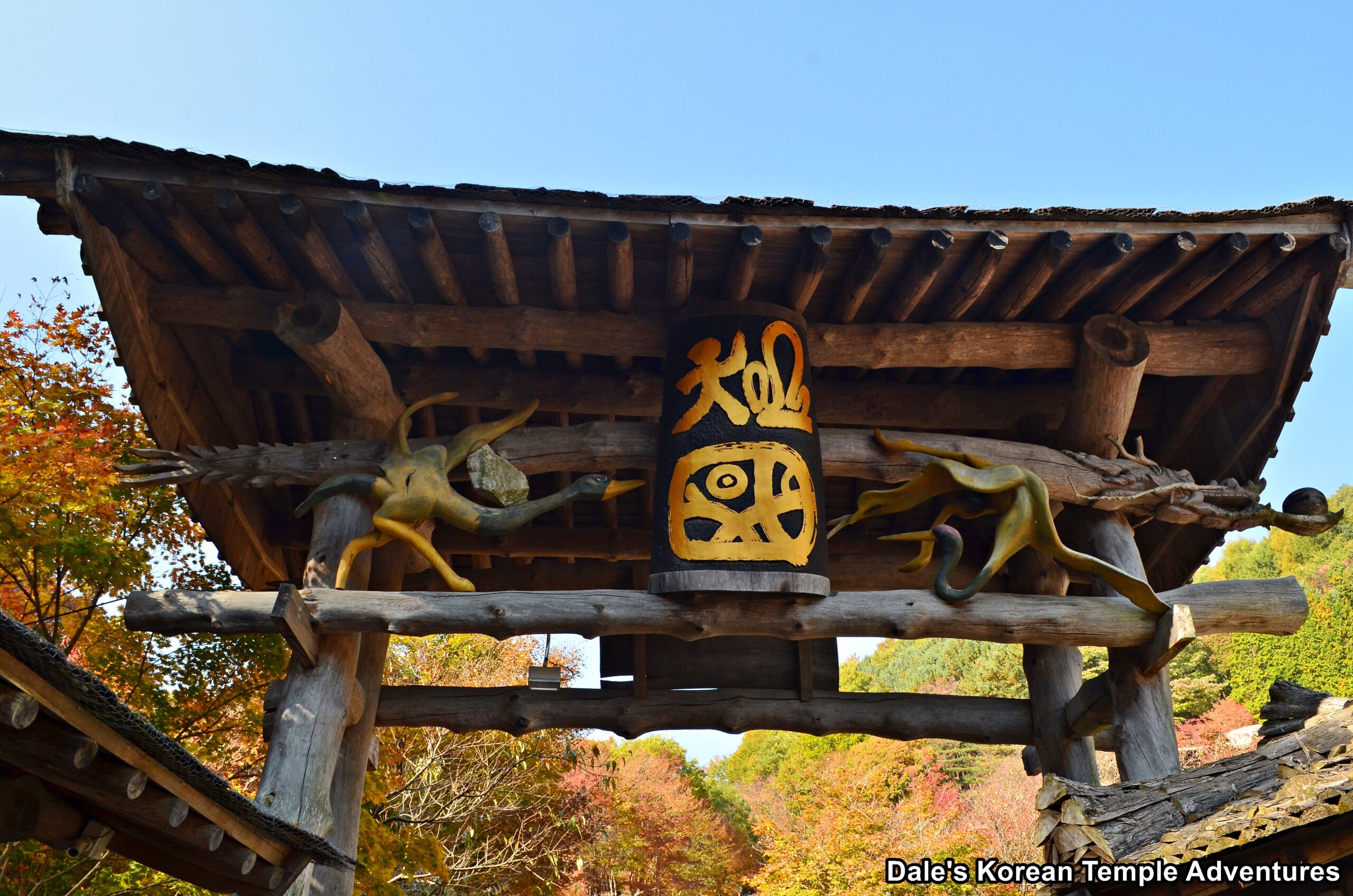
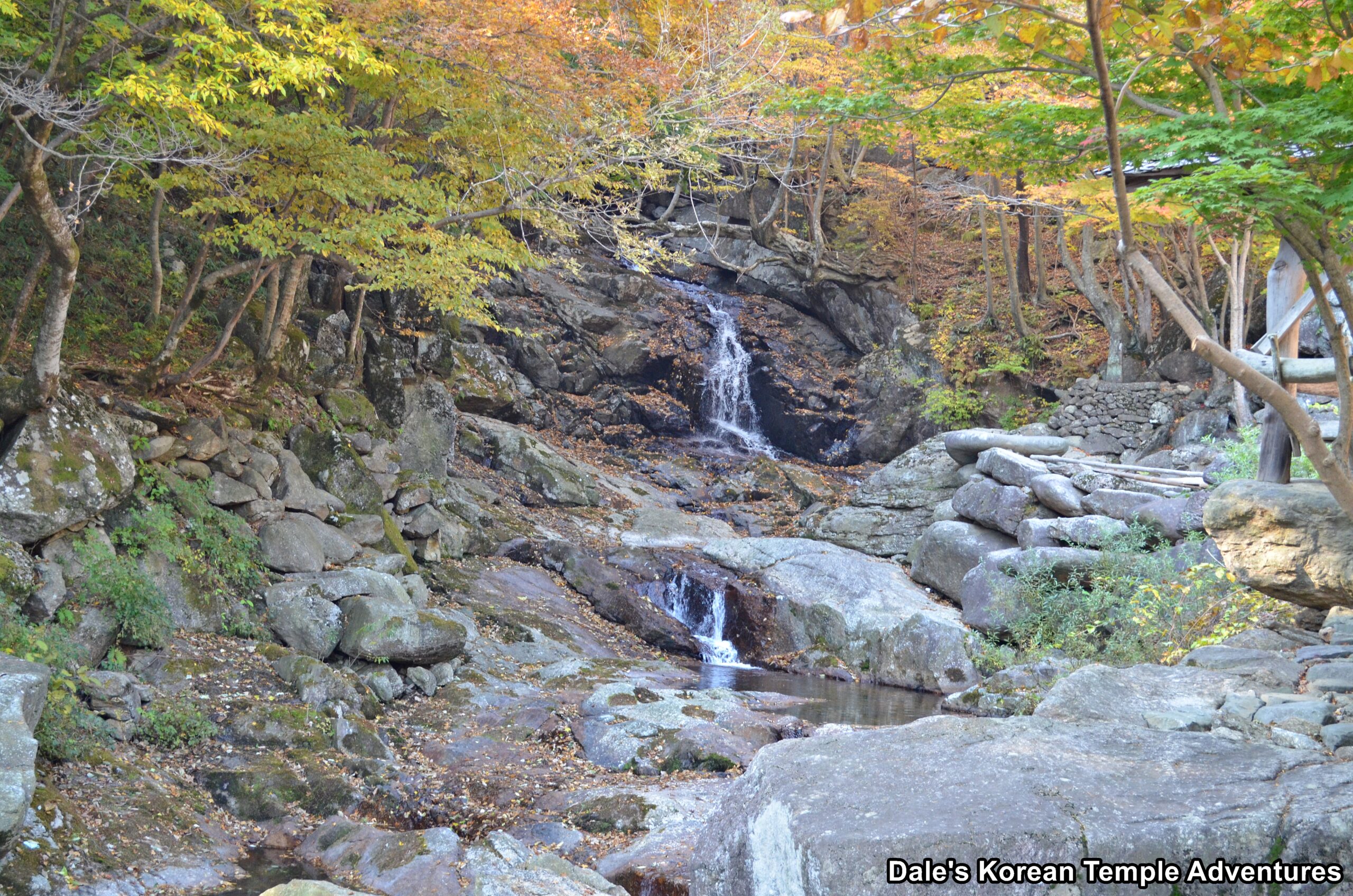
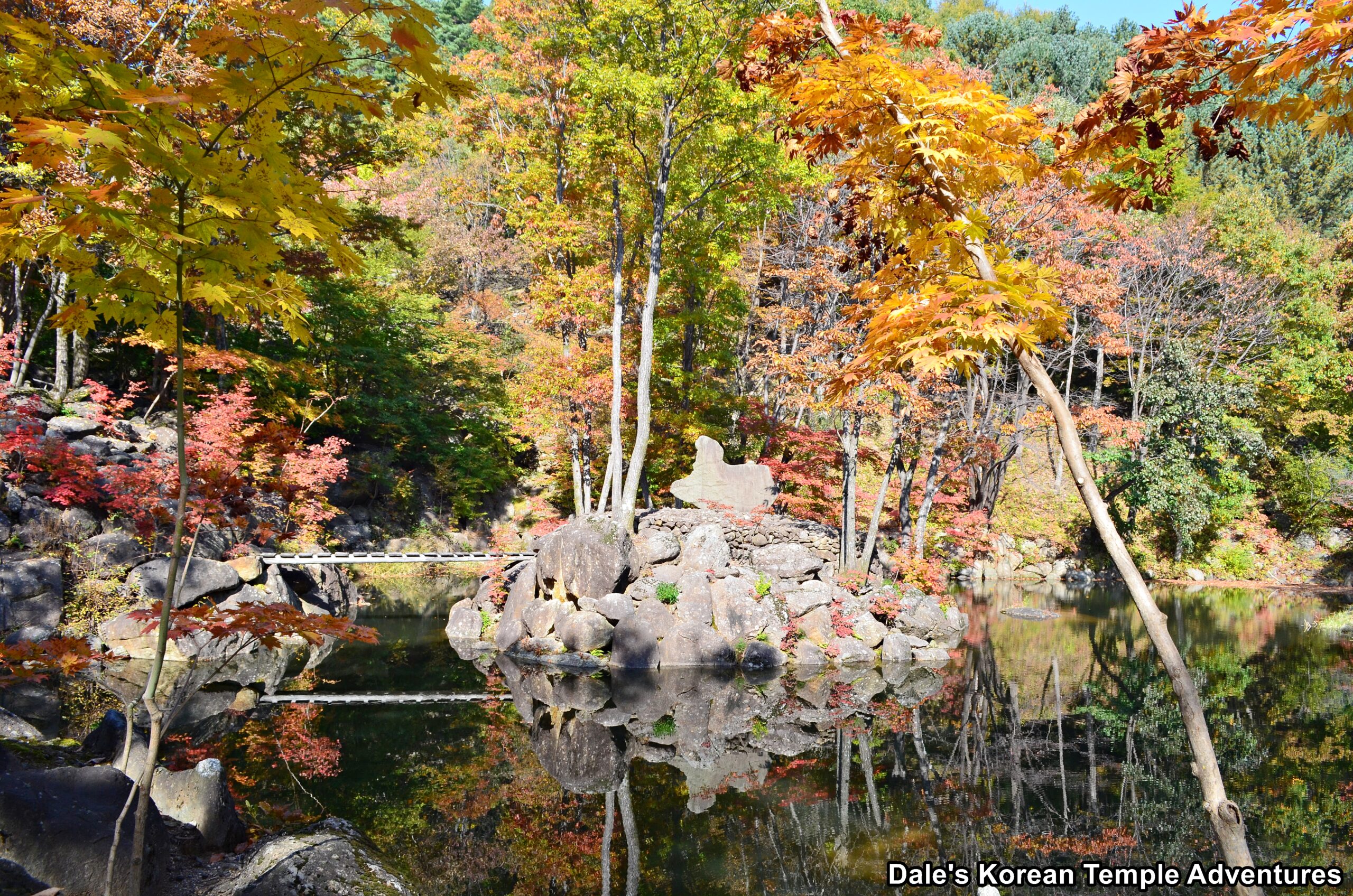
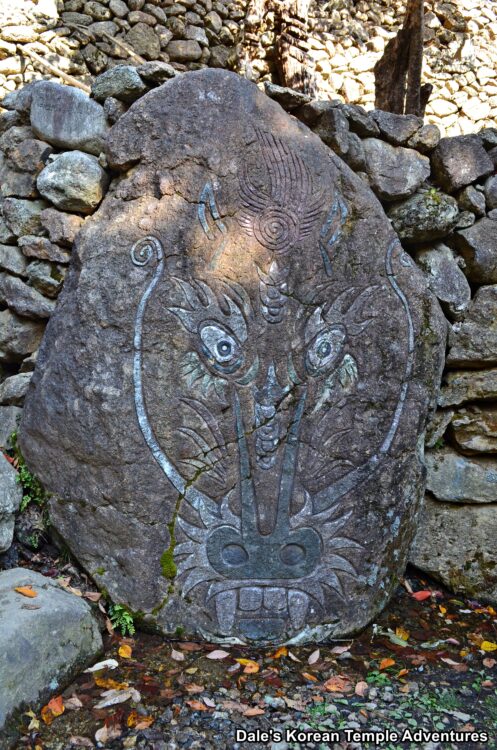
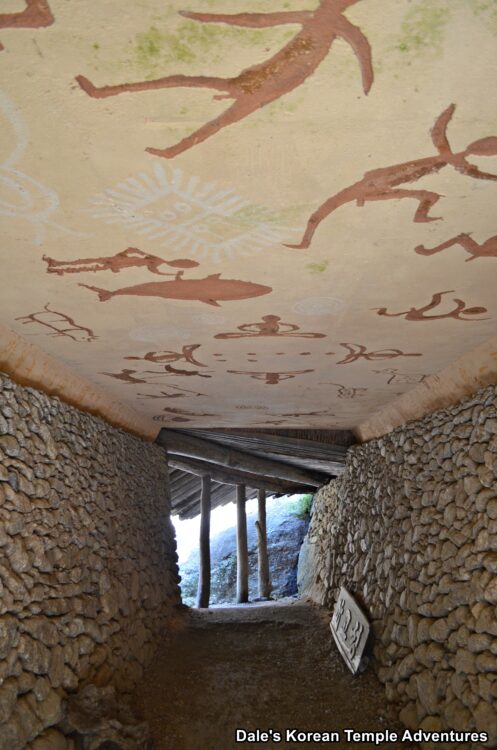
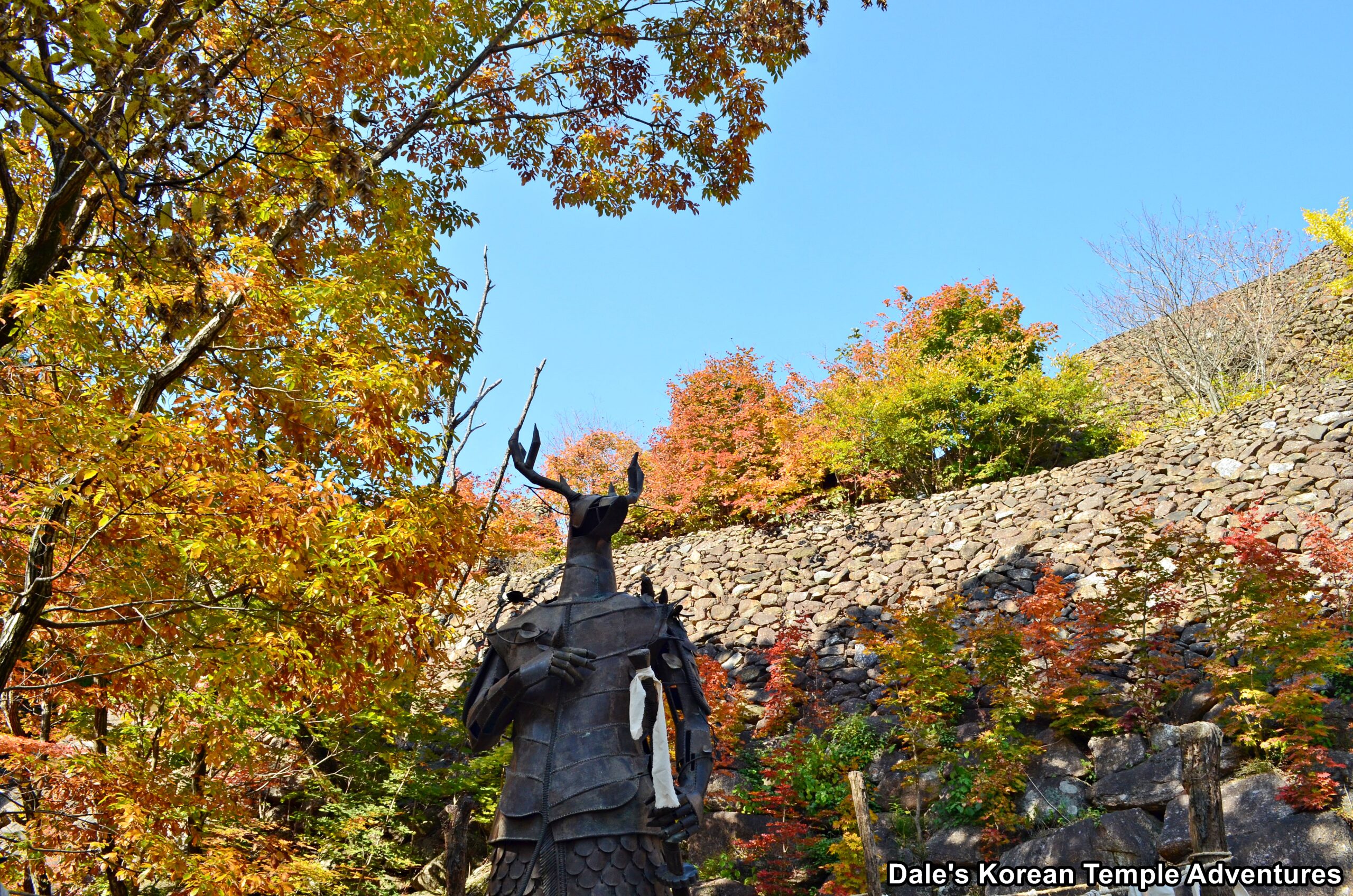
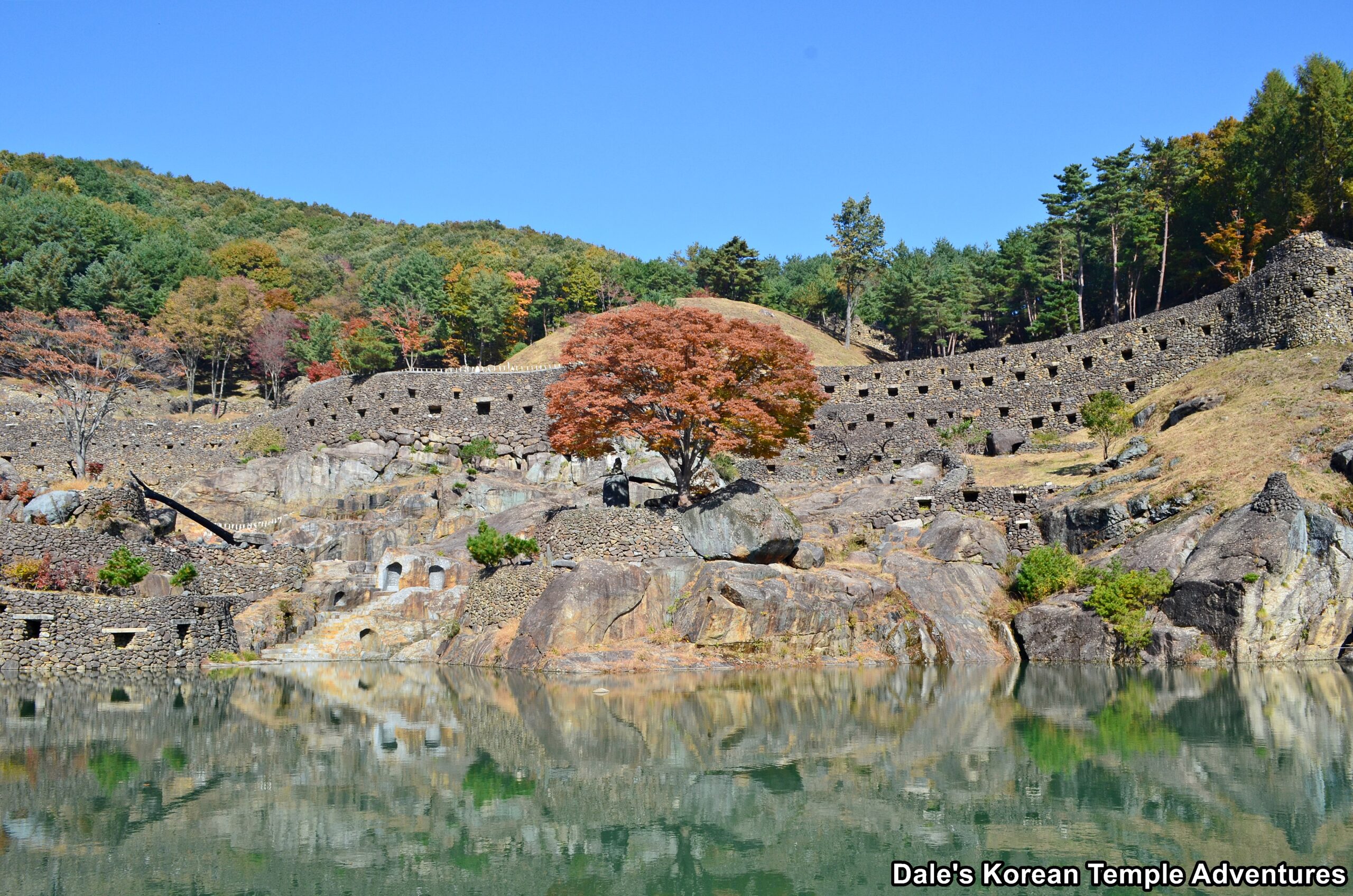
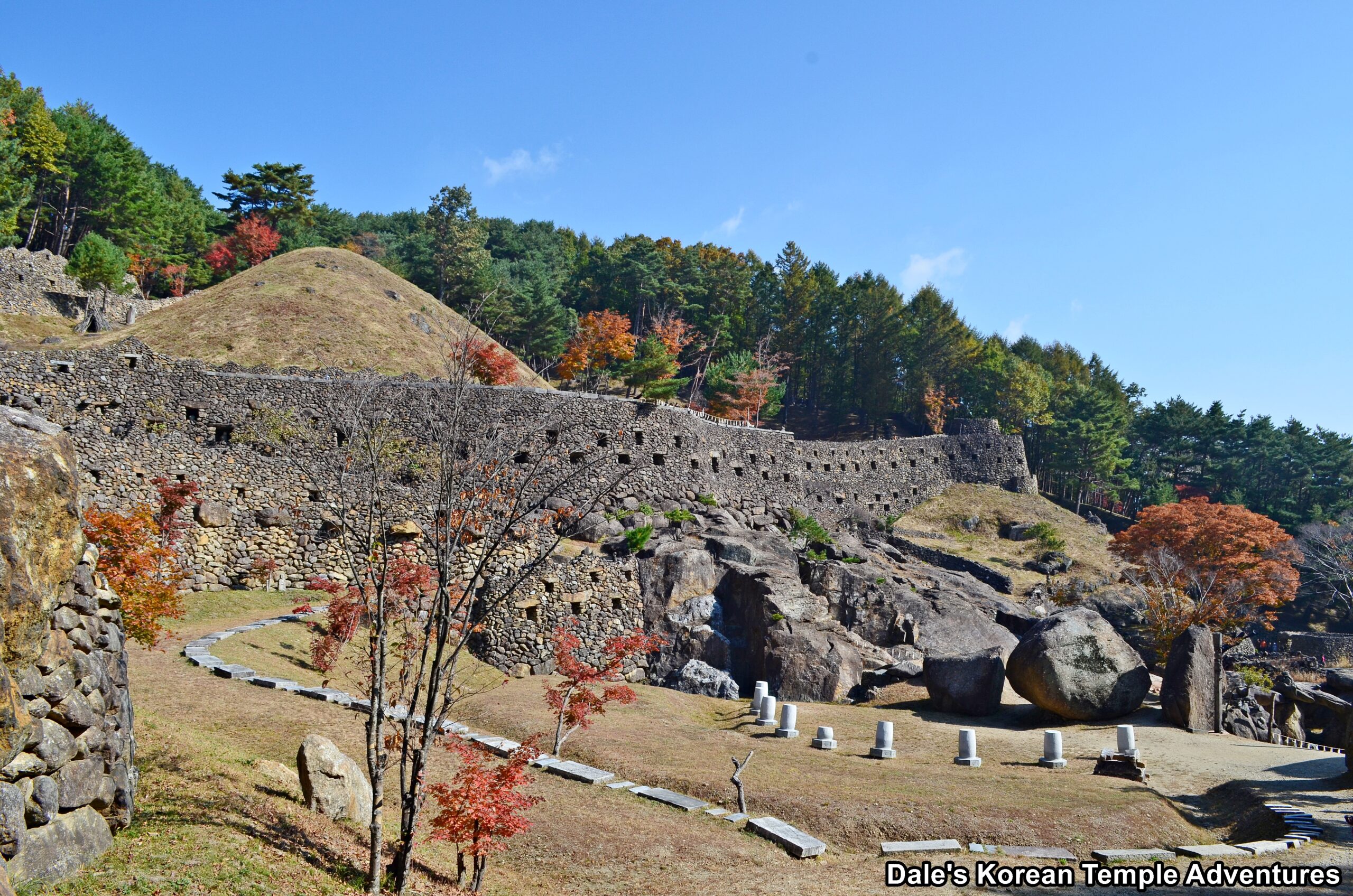

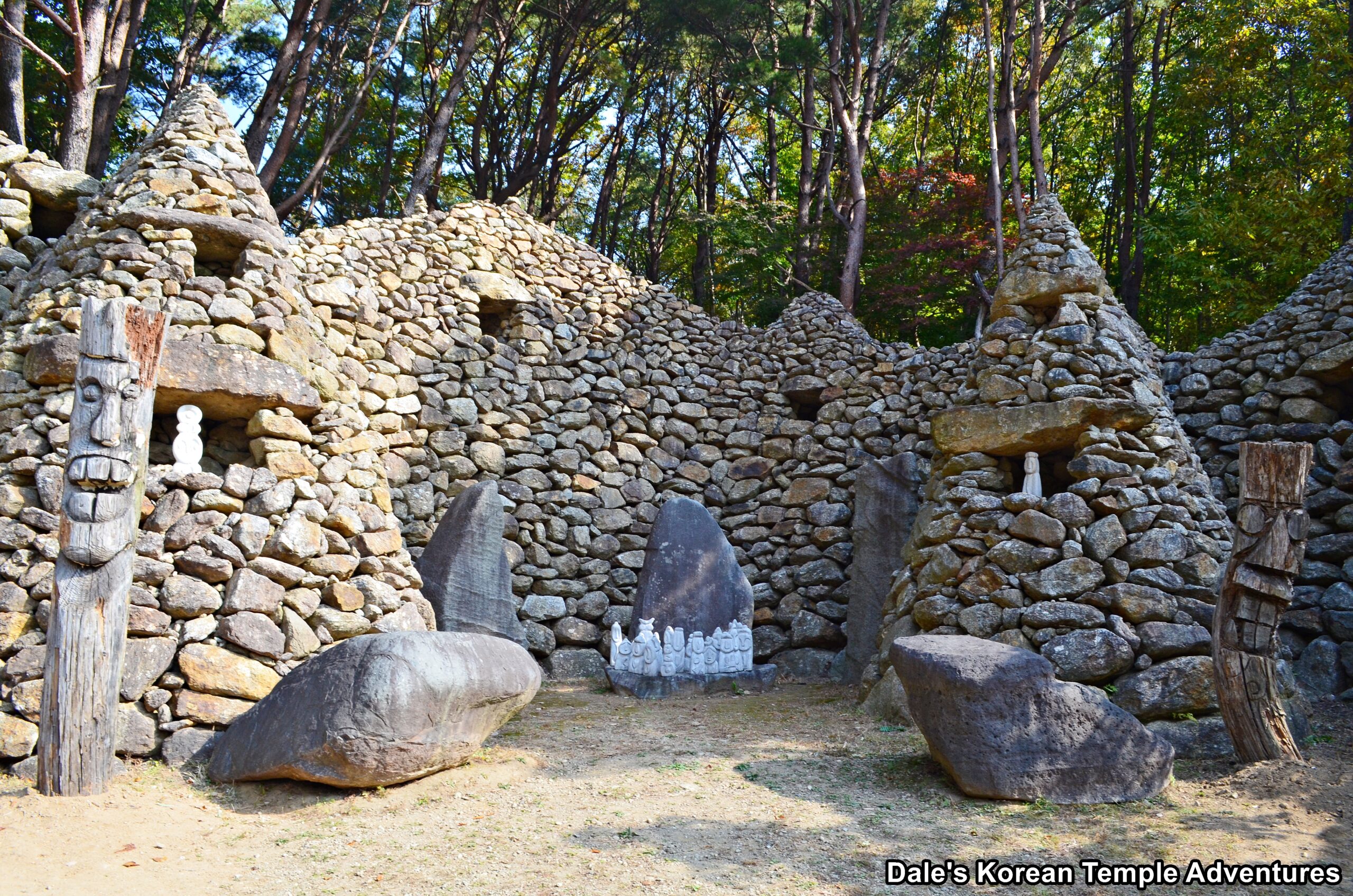
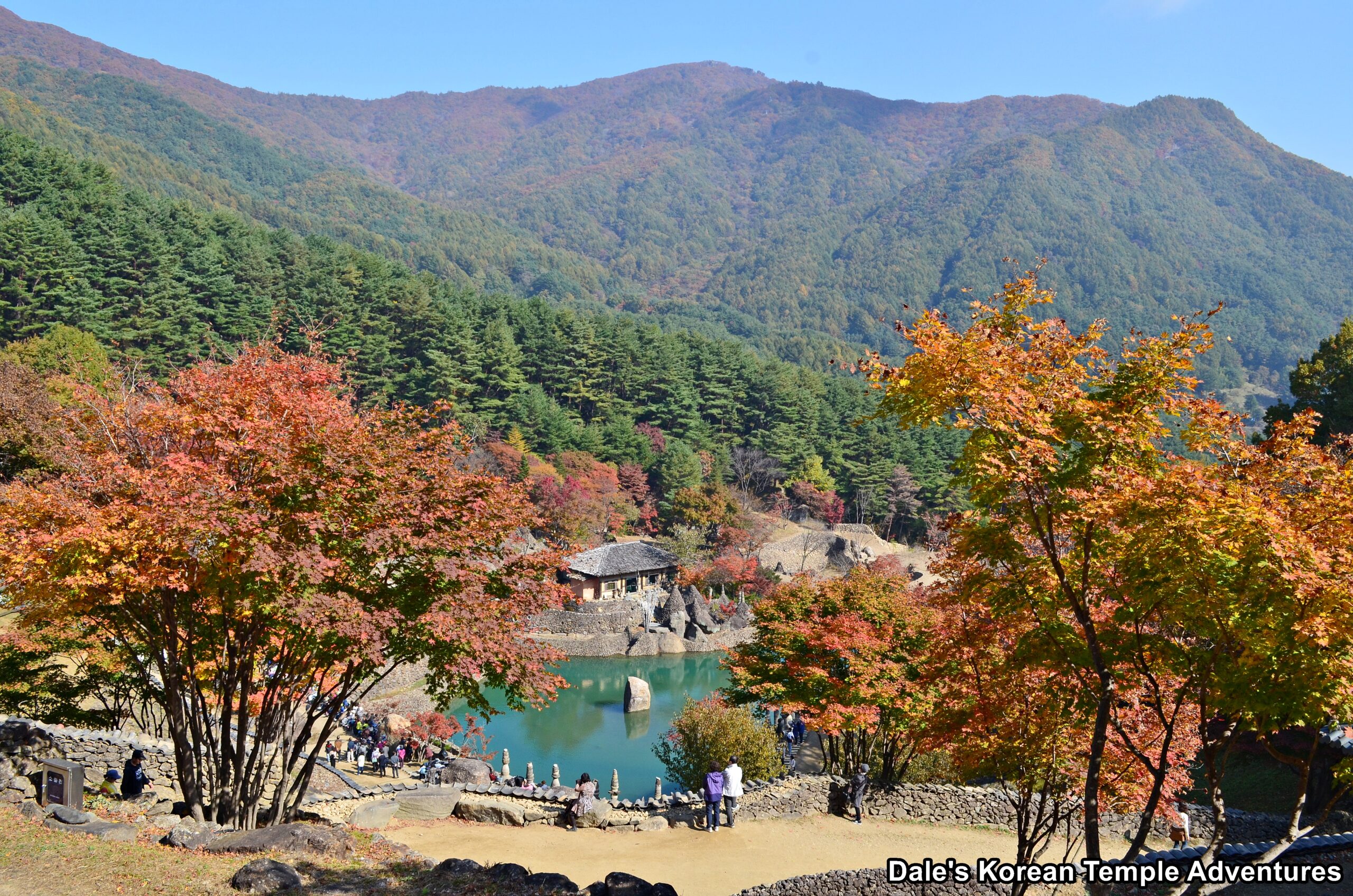
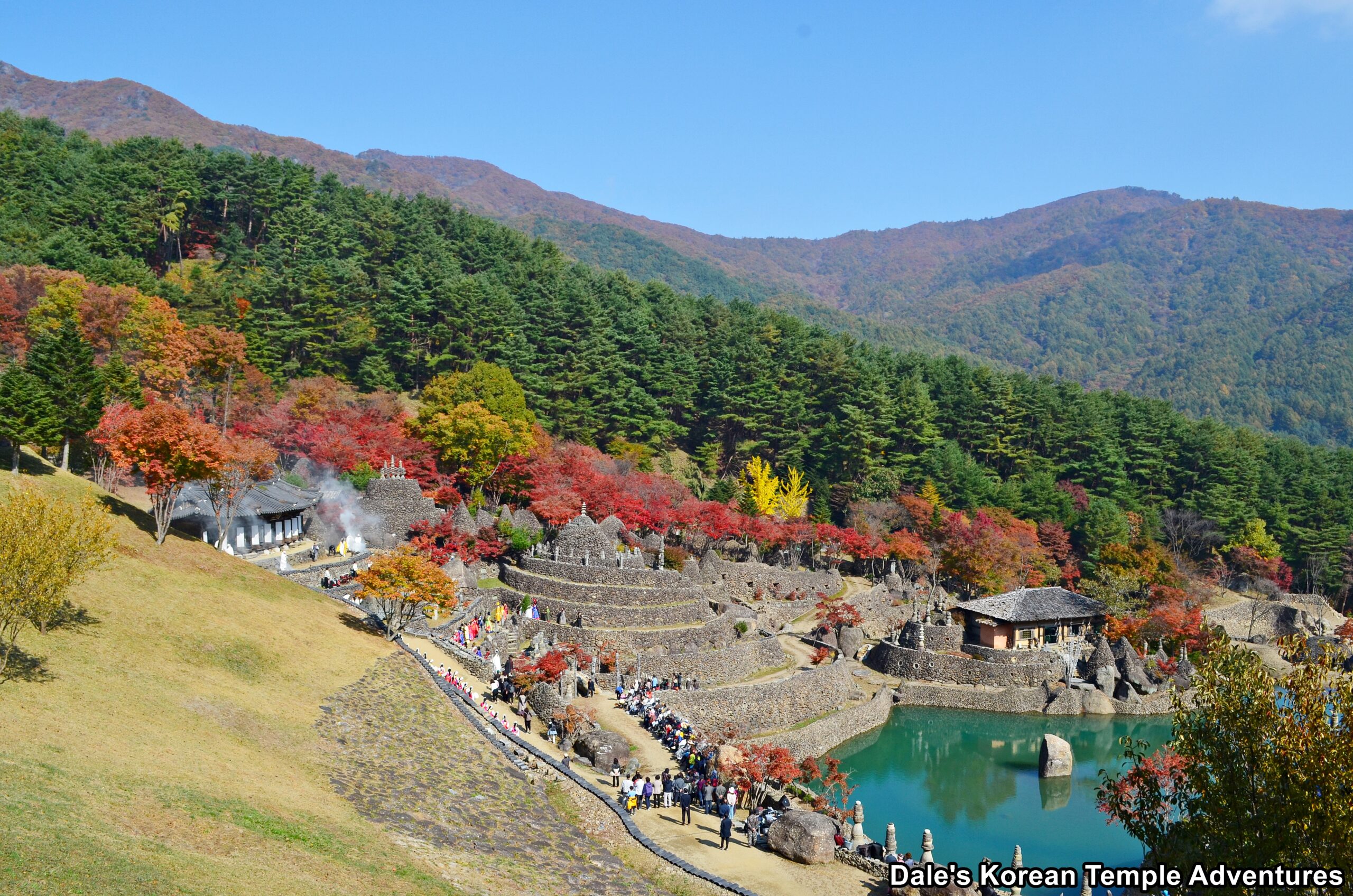


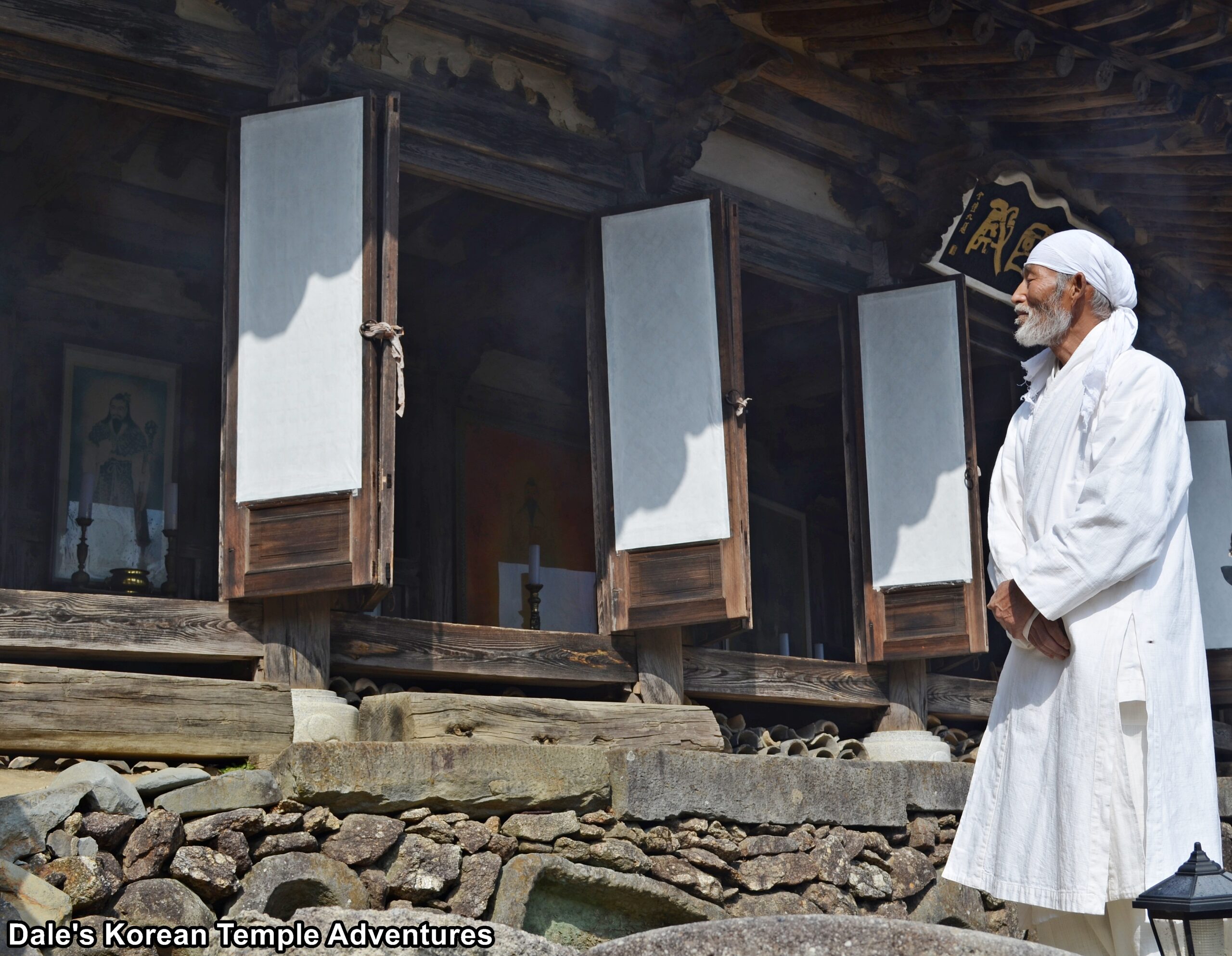
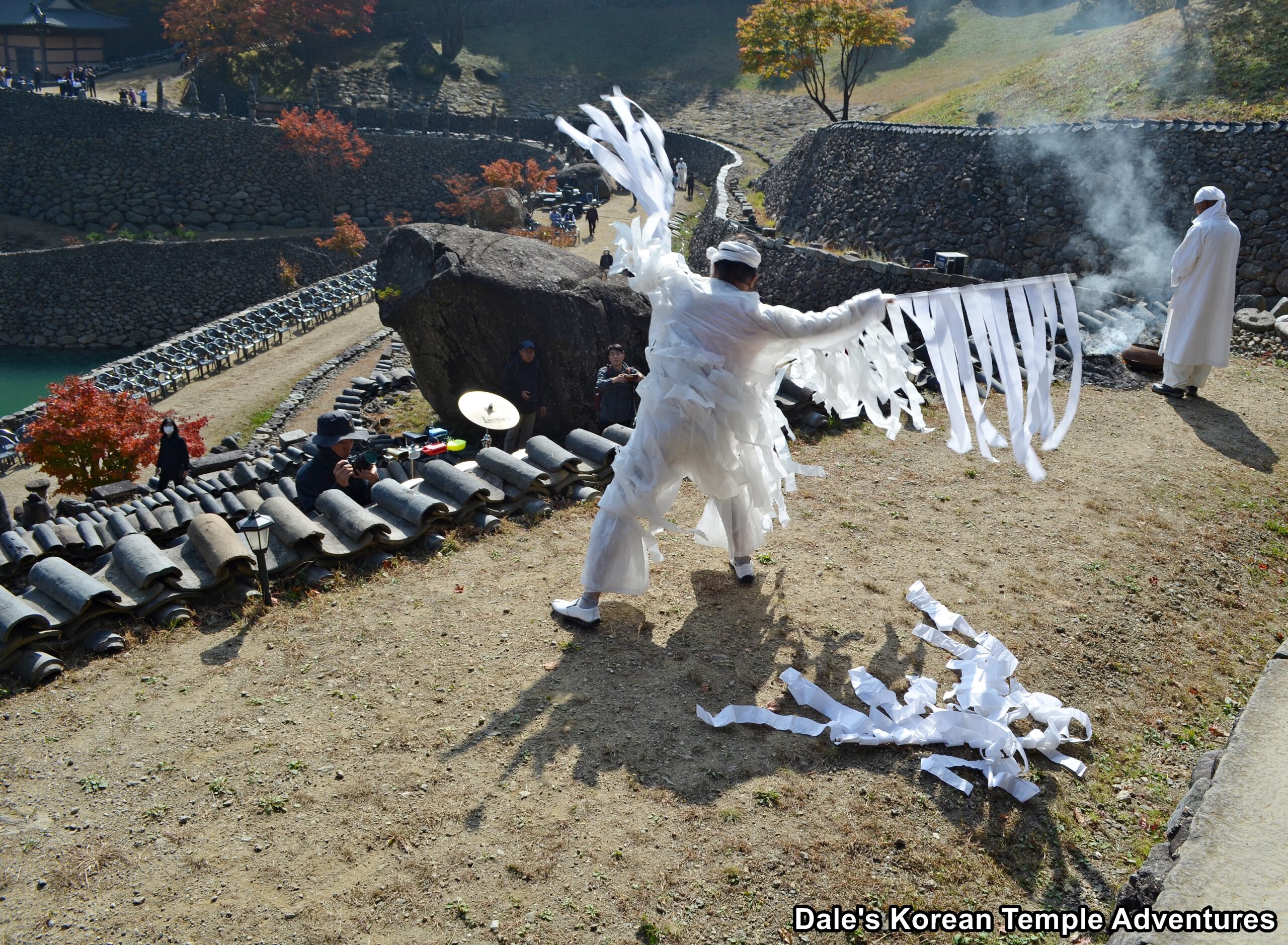


Recent comments